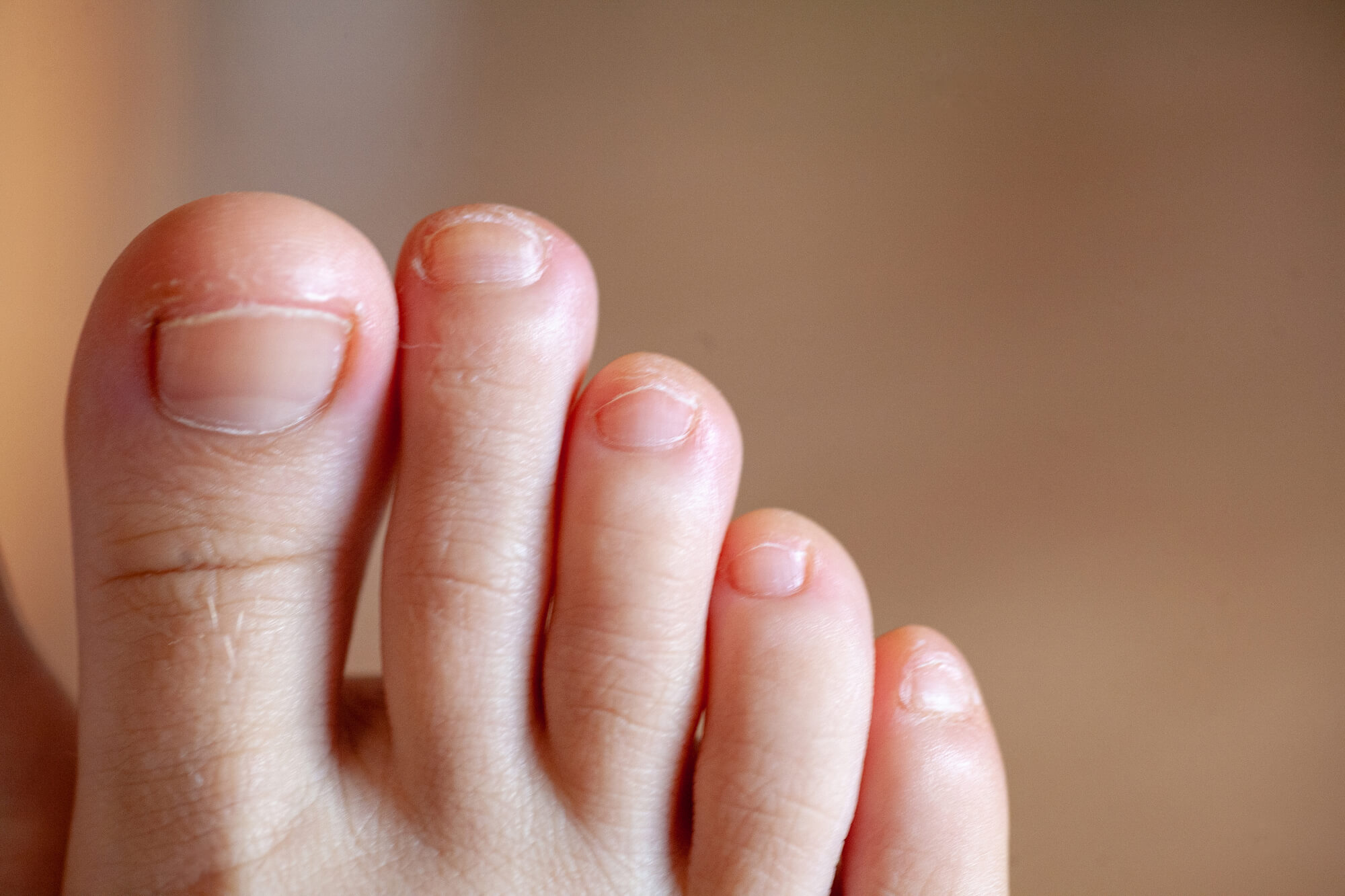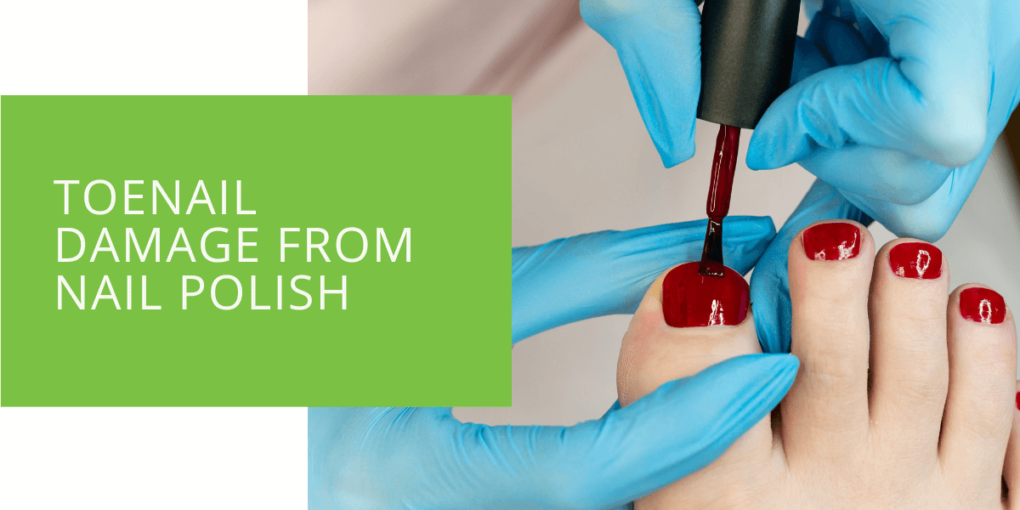Guarding Against Toenail Damage from Nail Polish
Your toenails are a canvas for self-expression and vital indicators of your overall foot health. Nail polish may add a touch of glamour, but it's essential to delve deeper into the world of toenail care to understand its potential risks. In this comprehensive guide, we invite you to embark on a journey of discovery as we explore the captivating allure of nail polish and its intricate relationship with the health of your toenails. Join us as we uncover the reasons why your toenails need to breathe, the subtle yet significant damage caused by nail polish, how to spot telltale signs of toenail distress, and the indispensable steps you can take to ensure your toenails remain resilient, vibrant, and polish-free. Whether you're a frequent wearer of colorful lacquers or simply seeking expert advice on toenail care, our mission is to empower you with knowledge and insights to enhance your aesthetic and safeguard your well-being.
Key Takeaways
- Toenails need to breathe to stay healthy, and prolonged use of nail polish can hinder this process, potentially leading to discoloration, brittleness, and fungal infections.
- Recognizing the signs of toenail damage, such as staining, brittleness, and fungal growth, is crucial for early intervention and prevention.
- Opting for breathable nail polish, using acetone-based removers sparingly, and seeking professional help can help maintain toenail health while enjoying polished toenails.
The Basics of Nail Polish
Nail polish, often simply called 'polish,' is a cosmetic product designed to coat and decorate your nails. It comes in various colors and finishes, making it a popular choice for those looking to add a touch of elegance to their toenails. However, the allure of nail polish can sometimes overshadow the importance of toenail health.
Why Toenails Need to Breathe
The Natural Function of Toenails
Toenails might seem inconspicuous, but they serve a vital purpose. They protect the sensitive nail bed underneath and support your toes. More importantly, they allow your toenails to breathe. Like our skin, toenails also require oxygen and moisture to stay healthy.
The Impact of Blocking Airflow
When applying nail polish, you create a barrier that inhibits air exchange between your toenails and the environment. This can have detrimental effects on the overall health of your toenails. Without proper airflow, your toenails may become dry, chalky, and prone to damage.
The Damage Caused by Nail Polish
Nail polish, though visually appealing, can wreak havoc on your toenails if not used in moderation.
Yellowing and Discoloration
One common issue is toenail yellowing or discoloration. Prolonged use of nail polish, especially darker shades, can cause your toenails to turn unsightly. This staining can result from the pigments and chemicals in the polish.
Brittleness and Cracking
Brittle toenails are another consequence of excessive nail polish use. The chemicals in the polish can make your toenails dry and prone to cracking. This not only affects the appearance but can also be uncomfortable.
Risk of Fungal Infections
Perhaps the most alarming concern is the risk of fungal infections. Nail polish can create a moist environment beneath the coat, ideal for fungal growth. If not addressed promptly, toenail fungus can lead to more severe complications.

Signs of Toenail Damage
Recognizing the signs of toenail damage early is crucial to prevent further issues.
Discoloration and Stains
Keep an eye out for any unusual discoloration or staining of your toenails. These may indicate that your toenails are not getting the necessary oxygen and moisture.
Brittle and Cracked Toenails
Brittle or cracked toenails can be a clear sign of damage caused by nail polish. If your toenails feel weak and easily breakable, it's time to take action.
Toenail Fungus and Infection
Persistent discomfort or signs of a toenail fungal infection, such as thickening or a foul odor, should never be ignored. Consult a podiatrist if you suspect an infection.
How to Keep Toenails Healthy and Polish-Free
Maintaining toenail health while enjoying the occasional pedicure or polish is entirely possible.
Choose Nail-Friendly Alternatives
Consider opting for breathable nail polishes or going polish-free for some time. This allows your toenails to recover and breathe.
Use Acetone Sparingly
When removing nail polish, use acetone-based removers sparingly. Excessive use can dry out your toenails and the surrounding skin.
Proper Aftercare
After a pedicure, it's essential to follow proper aftercare routines. Moisturize your toenails and keep them clean to prevent fungal infections.
When to Seek Professional Help
While preventive measures are crucial, there are instances where toenail damage may require professional attention from a podiatrist.
If you notice persistent toenail issues, such as fungal infections, stubborn stains, or severe brittleness, it's time to consult a podiatry specialist. At ePodiatrists, we have the expertise to diagnose and treat many toenail problems. Your toenail health is our priority, and we'll guide you on the best course of action to ensure your toenails stay healthy and beautiful.
Conclusion
Your toenails are more than just a canvas for nail polish. They play a crucial role in protecting your toes and need to breathe to stay healthy. Nail polish, a fun accessory, can cause damage if not used in moderation. By recognizing the signs of toenail damage, choosing nail-friendly alternatives, and seeking professional help, you can ensure your toenails remain beautiful and healthy.
At ePodiatrists, we understand the importance of toenail health. We're here to provide expert guidance and care for all your podiatric needs. Don't hesitate to schedule an appointment to keep your toenails in their best condition.
Remember, it's possible to have lovely, healthy toenails without compromising on style and fashion. Prioritize toenail health, and your feet will thank you for it.

